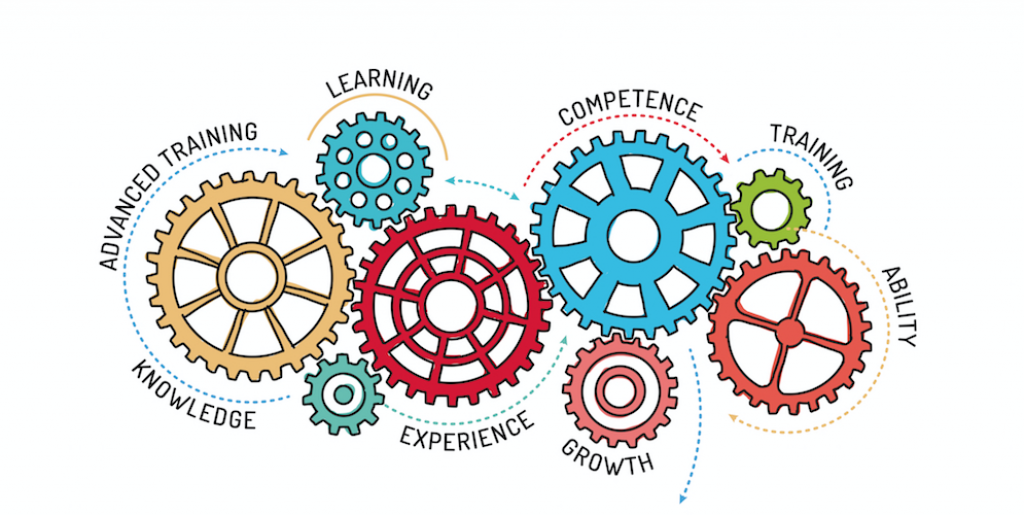Driving is a responsibility that requires not just technical proficiency but also a keen understanding of safety protocols and road etiquette. For many, attending a driving school is the first step toward mastering these essential skills. Here’s a closer look at some of the key lessons taught at driving schools that help new drivers become safe and confident on the road.
Vehicle Control – The foundation of safe driving lies in mastering vehicle control. Driving schools emphasize proper steering techniques, smooth acceleration, braking, and the importance of maintaining a safe following distance. Students learn how to handle different road conditions, including wet or slippery surfaces, and how to react appropriately in emergency situations.
Traffic Laws and Regulations – Understanding traffic laws and regulations is crucial for every driver. Driving schools provide comprehensive instruction on traffic signs, signals, and right-of-way rules. Students learn the importance of obeying speed limits, signaling before turning or changing lanes, and respecting pedestrian crossings. By instilling a thorough understanding of traffic laws, driving schools help ensure that new drivers are well-equipped to navigate the complexities of the road safely.
Defensive Driving Techniques – Defensive driving is about anticipating potential hazards and taking proactive measures to avoid accidents. Driving schools teach students to constantly scan their surroundings, anticipate the actions of other drivers, and maintain situational awareness at all times. Techniques such as maintaining a cushion of space around the vehicle, avoiding distractions, and staying focused on the road ahead are emphasized to reduce the risk of collisions.
Risk Management – Driving involves inherent risks, but proper risk management can significantly mitigate those risks. Driving schools educate students about common causes of accidents, such as speeding, impaired driving, and driver fatigue. They also emphasize the importance of wearing seat belts, adjusting mirrors for optimal visibility, and avoiding aggressive behaviors behind the wheel. By instilling responsible driving habits, driving schools help students minimize their exposure to potential dangers on the road.
Emergency Maneuvers – Despite the best efforts to drive safely, emergencies can still arise unexpectedly. Driving schools prepare students to handle emergency situations effectively, such as sudden braking, skidding, or encountering obstacles in the roadway. Techniques for safely navigating through hazardous conditions, such as hydroplaning on wet roads or encountering wildlife, are also covered. By practicing these maneuvers in a controlled environment, students gain the confidence and skills needed to react calmly and decisively in real-life emergencies.
Environmental Awareness – Driving responsibly extends beyond just the safety of oneself and others on the road it also involves being mindful of the environment. Driving schools educate students about eco-friendly driving practices, such as minimizing idling, maintaining proper tire pressure, and avoiding aggressive acceleration or braking. By promoting environmentally conscious driving habits, driving schools contribute to reducing carbon emissions and preserving natural resources.
Attending DriverZ SPIDER Driving Schools – Austin is an essential step toward becoming a safe and responsible driver. By imparting fundamental skills, knowledge of traffic laws, defensive driving techniques, and risk management strategies, driving schools play a vital role in shaping the behaviors and attitudes of new drivers. Through comprehensive instruction and hands-on practice, students graduate from driving school equipped with the confidence and competence needed to navigate the roadways safely.





